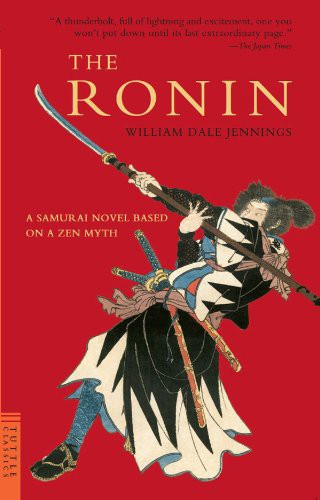Toyotomi Hideyori: Tale of Ronin’s Tragic Hero
The Siege of Osaka is one of the key historical events that Tale of Ronin takes inspiration from and Toyotomi Hideyori is one of the most important people involved. In the game and in real life, Hideyori was the son of Toyotomi Hideyoshi, one of Japan’s ‘Three Great Unifiers.’ Hideyoshi was not born a samurai, …









